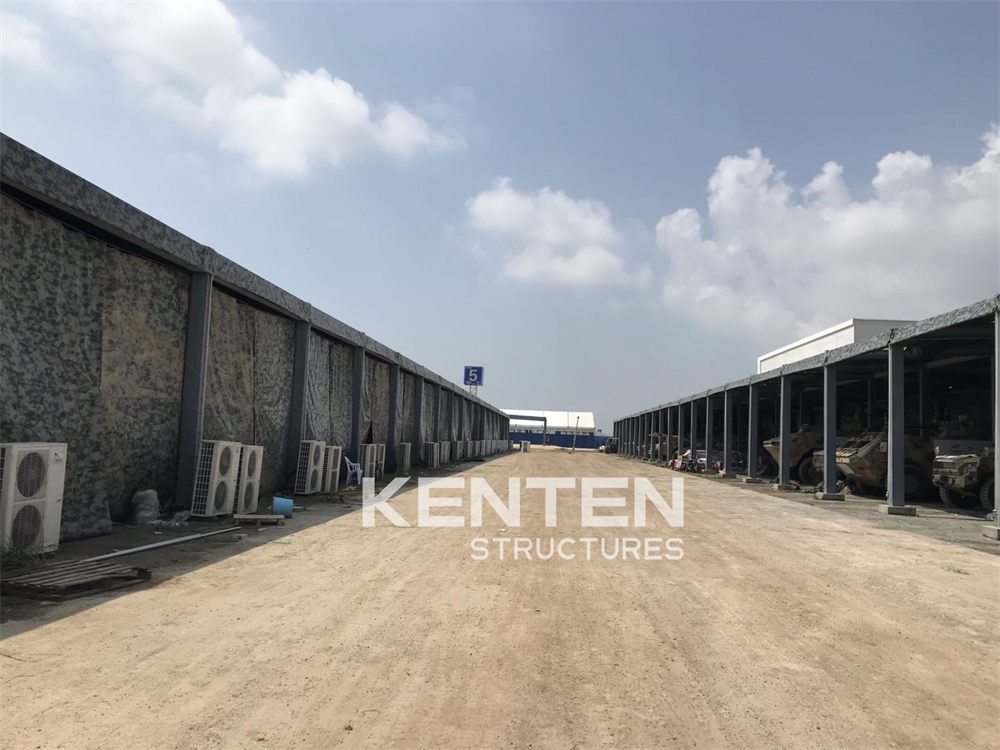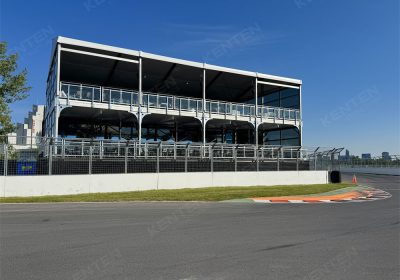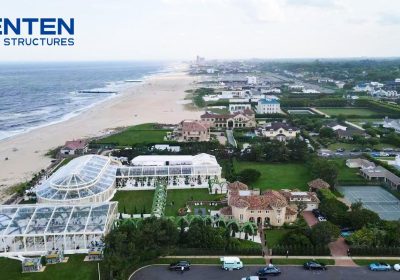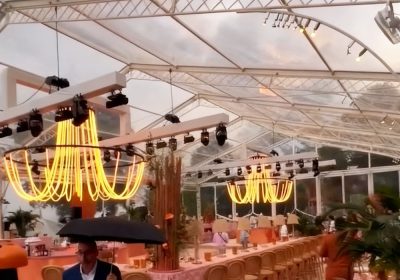Army tents are critical assets for military operations, providing adaptable infrastructure that ensures safety, functionality, and resilience in challenging environments. Their design prioritizes durability, versatility, and rapid deployment to meet the dynamic demands of tactical scenarios. Below, we explore their primary applications, structural design, and material characteristics.

Key Applications
1. Tactical Field Operations
Army tents serve as temporary housing, command centers, medical clinics, and logistical hubs during field exercises or combat missions[^2]. Their modular design allows quick setup for essential facilities like:
- Temporary housing: Sheltering personnel in remote locations.
- Command posts: Coordinating operations with secure communication systems.
- Medical facilities: Stabilizing injured soldiers in combat zones.
2. Equipment and Supply Storage
These tents efficiently store weapons, tools, and logistical supplies, adapting to fluctuating operational needs. Their spacious interiors and customizable layouts ensure orderly management of critical resources even in rapidly changing environments.
Functional Design Highlights
1. Modular Configurations
Army tents can be repurposed for non-combat roles, including impromptu dining areas, media centers, and sanitation facilities. This adaptability makes them equally useful for private-sector applications like disaster relief or outdoor events.
2. Rapid Assembly and Portability
Engineered for quick deployment, these tents minimize setup time, enabling forces to establish functional bases within hours. Their lightweight yet robust frames ensure easy transport without compromising structural integrity[^1].
Material and Construction
1. High-Strength Frame
The primary framework uses hard-pressed extruded aluminum alloy T6061, known for its exceptional strength-to-weight ratio and resistance to corrosion. This material guarantees stability in extreme weather, including high winds, heavy rain, and temperature fluctuations.
2. Durability Standards
To withstand harsh environments, army tents must meet rigorous criteria for:
- Safety: Fire-resistant and UV-protected fabrics.
- Comfort: Ventilation systems for climate control.
- Portability: Compact packing for efficient logistics.
Conclusion
Army tents are indispensable for military success, offering unmatched versatility and resilience. Whether supporting frontline combat operations or serving as storage hubs, their design and materials ensure reliability when mission-critical demands arise.






